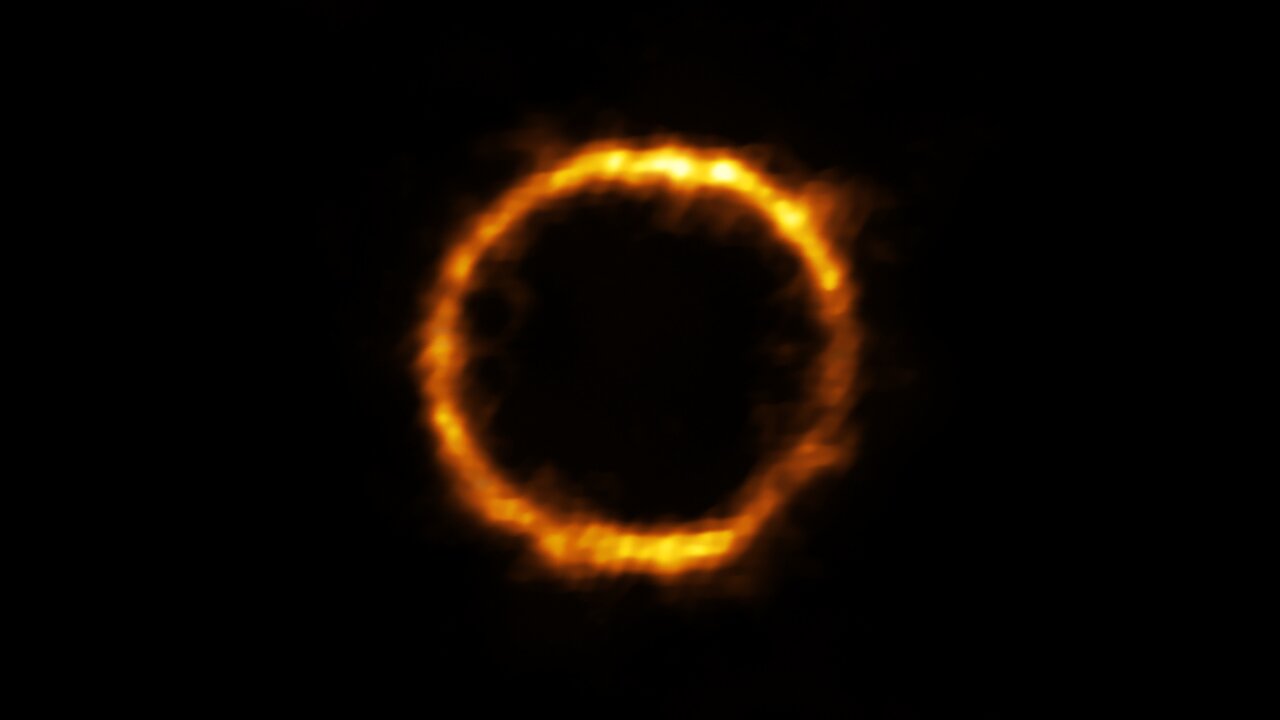The most widely accepted cosmological view states that the first galaxies formed about 380–400 million years after the Big Bang. These were made up of young, hot stars that lived fast and died young, causing the galaxies themselves to be turbulent. At least, that was the theory until a European team of astronomers observed a galaxy 12 billion light-years away that closely resembled the Milky Way.
Using the Atacama Large Millimeter-submillimeter Array (ALMA), the team observed the galaxy, SPT0418-47, as it appeared when the Universe was just 1.4 billion years old. Much to their surprise, the team noted that the structure and features of this galaxy were highly evolved and stable, something that contradicts previously-held notions about the nature of galaxies in the early Universe.
Continue reading “This Distorted Circle is Actually a Galaxy That Looked Very Similar to the Milky Way, Shortly After the Big Bang”
